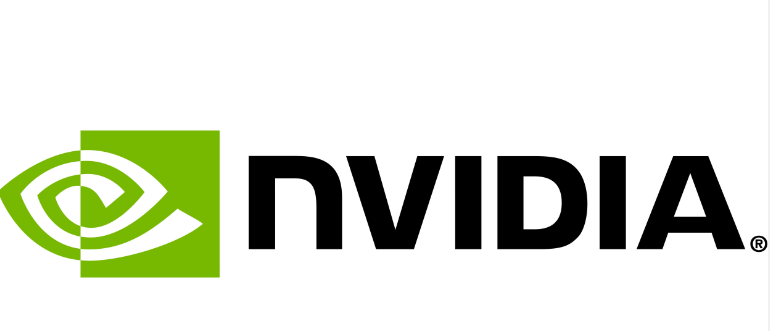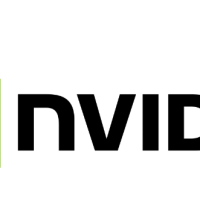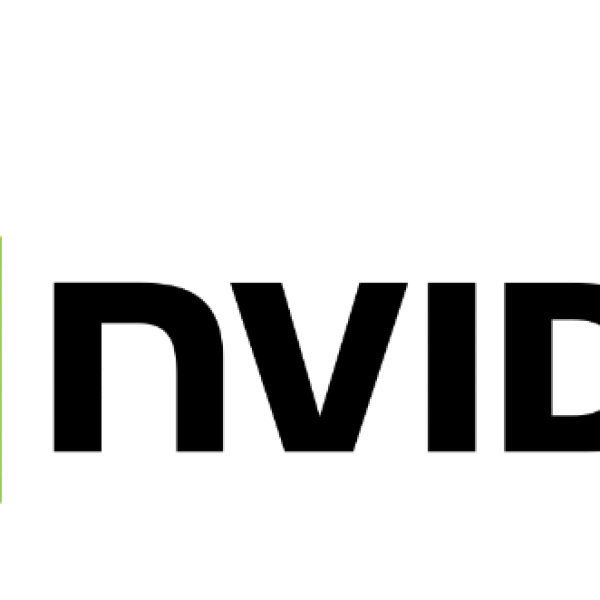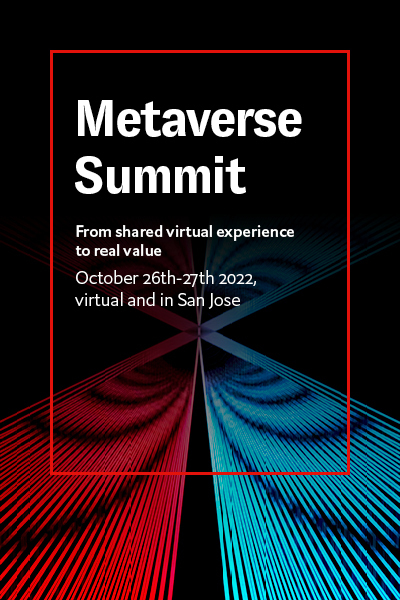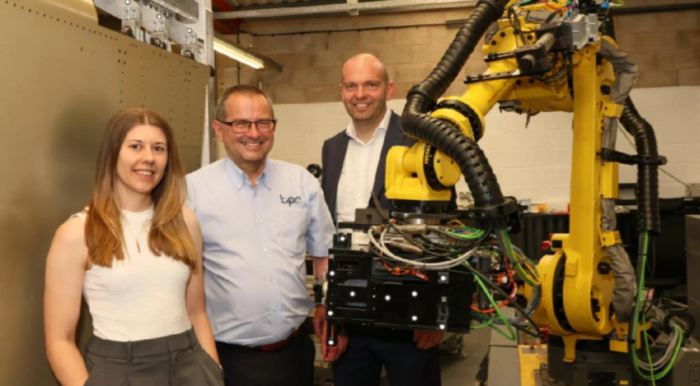- Last modified: March 30, 2024
NVIDIA’s latest announcement at the 2024 GTC event has taken the industry by storm with the introduction of Project Groot, a foundational model aimed at revolutionizing the field of humanoid robotics. This groundbreaking initiative heralds a significant leap forward in the development and application of humanoid robots, as Nvidia sets the stage for a future where robots can learn from human examples with unprecedented efficiency and adaptability.
Jensen Huang, NVIDIA’s visionary CEO, shared insights into the essence of Project Groot, emphasizing its potential to transform the way we interact with and utilize robotics in our daily lives.
“We are starting to do some really great work in the next generation of Robotics,” said Huang, highlighting the shift towards humanoid robotics as a logical evolution given our world’s human-centric design. “It is very likely that human robotics will be much more useful in our world because we created the world to be something that we can interoperate in and work well in,” he continued.
Project Groot aims to harness the vast amounts of imitation training data available, thanks to our similar construction to the robots, making the development of humanoid robotics not just feasible but potentially more integrated into our human-designed environments.
“The reason for that is because we have a lot more imitation training data that we can provide the robots,” Huang pointed out. This underscores the practicality and relevance of humanoid robots in a human-shaped world.
Huang also illuminated the comprehensive approach NVIDIA is adopting with Project Groot, from a foundational model that learns by observing human actions in video or virtual reality, to a specially designed “gym” for robots called Isaac reinforcement learning gym. This innovative training ground allows humanoid robots to adapt to the physical world with remarkable precision.
At the core of this ambitious project lies NVIDIA’s commitment to not only envisioning the future but actively shaping it through invention and exploration.
“It’s not enough for humans to imagine; we have to invent and explore and push beyond what’s been done,” said Huang. This ethos is encapsulated in the development of Project Groot, which promises to empower robots to undertake everyday tasks and emulate human movement simply by observing us.
With Project Groot, NVIDIA is not just pushing the boundaries of robotics; it is redefining them. The initiative stands as a testament to the convergence of computer graphics, physics, and artificial intelligence, all coming together in a momentous push towards the next frontier of robotics. As the industry watches with bated breath, NVIDIA’s Project Groot might very well herald a new era of humanoid robotics, making the vision of robots learning from and living alongside humans a tangible reality.

